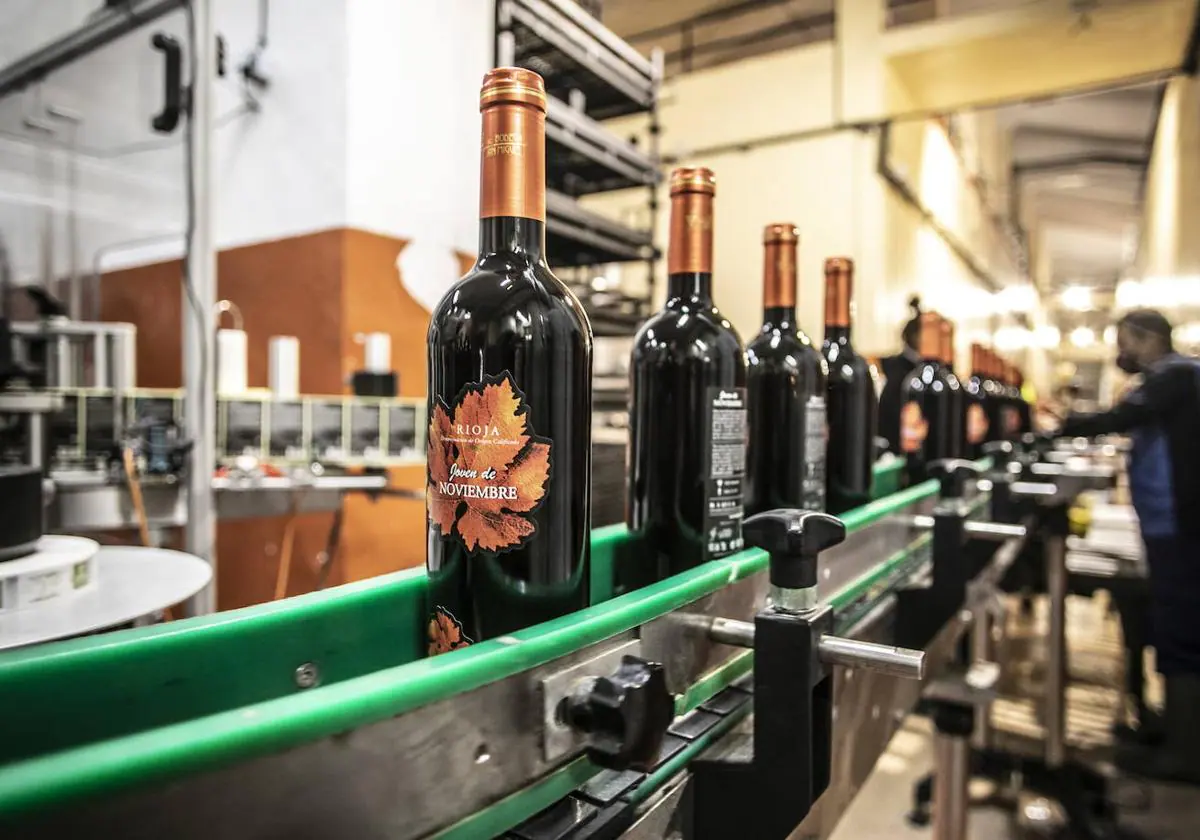Rioja wine sales down 5%

Rioja wine sales fell by 5.18% in 2023, according to a report from the DOCa Rioja Regulatory Council. Last year, 325,197,801 bottles were sold, equivalent to 238,263,910 liters.
According to DOCa Rioja, supported by a report from the consulting firm Nielsen, this is due to “economic stagnation in the markets and a drop in global wine consumption.” The truth is that overall sales of wines with indication of origin in Spain fell by -2%, and in the case of red wine the figure reaches -3.5%.
However, Rioja’s qualified denomination of origin retained a volume share of 27%, maintaining its advantage over direct competitors.
Including wine shipments from wineries through national food and hospitality sales channels, they amounted to 143,614,116 liters, down 3.54% from the previous year.
Marketing behavior is uneven by color, highlighting the large increase in sales of Rioja white wines – 7.13%. Sales of red wines fell by 4.83%, rosés by 5.32%.
At the international level, the situation in the wine sector is also unfavorable. According to the Observatory of the Spanish Wine Market, a decrease of -11% in customs exports of Spanish wines is expected, with demonization of origin. According to the same organization, Rioja’s share of total annual exports of other Spanish wines will be 39.6%, up two points from the previous year.
“Vinos de Pueblo” and “Vineyard”, distinctive marks emphasizing the origin.
At the plenary meeting held this Thursday, the Regulatory Council also approved a new rule according to which wines called “Municipio” will now be called “Vinos de Pueblo”. Within this figure, the use of a label mentioning “wine from” next to the name of one of the 144 municipalities included in the Rioja Qualified Appellation of Origin is still permitted. An exception is also that in order to use this reference, the wine may include up to 15% grapes from vineyards registered in neighboring municipalities.
On the other hand, it was decided to expand this figure by allowing the use on the label of the reference “vineyard in” next to the name of the municipality of the appellation, when the wine is produced exclusively from vineyards located in that particular municipality.
Both references, along with the name of the municipality, must be included in the labeling, and the Regulatory Board will also issue special labels on the back that will include the term “Vino de Pueblo.” When a territory, municipality or vineyard is mentioned, the smallest geographic unit label will be used on the reverse side.
The editors of LA RIOJA are currently working to update and supplement this information.
LA RIOJA+ View without restrictions. Subscribe here.
